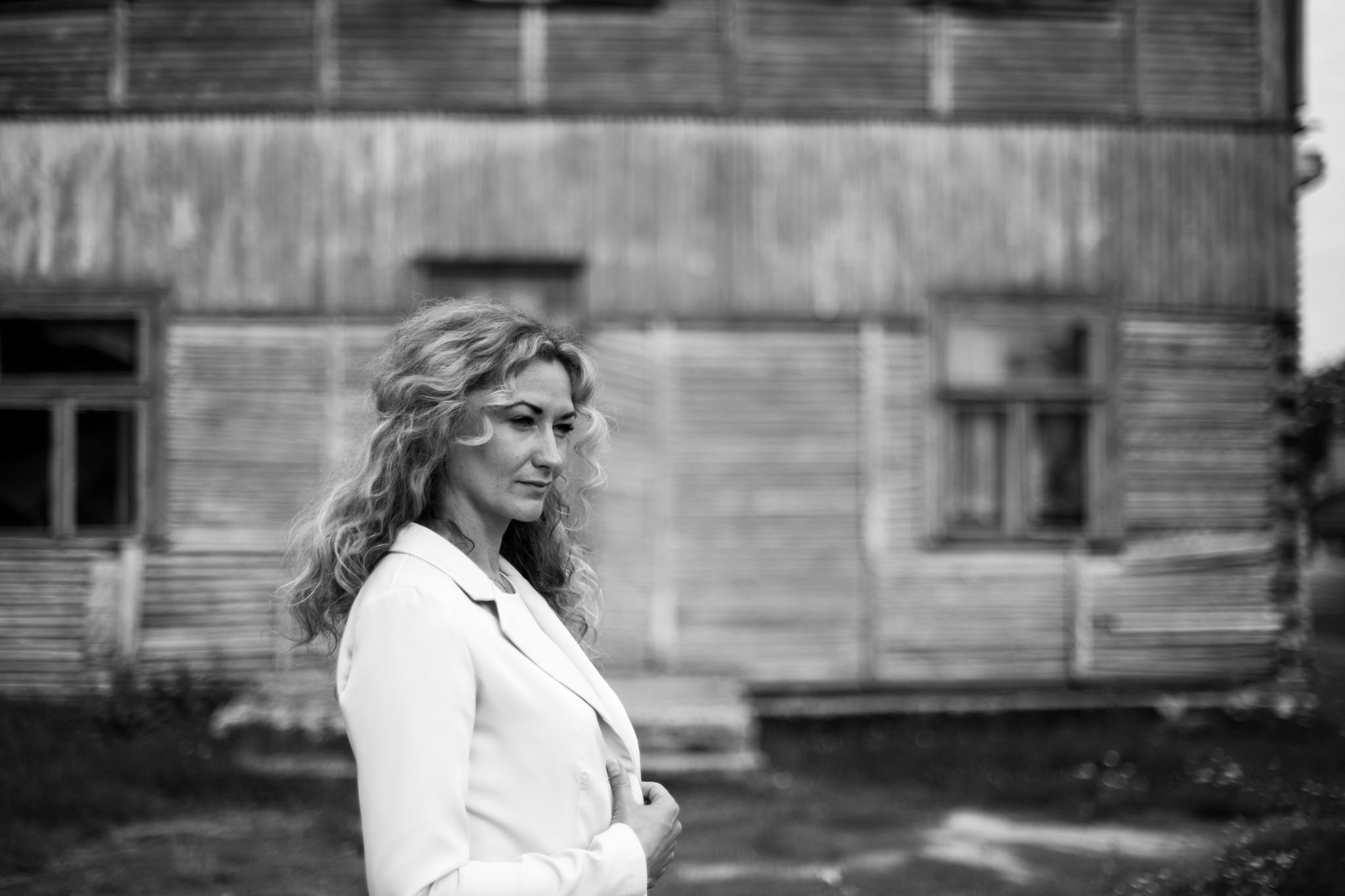Prypyat mon Amour /DISTANZ Verlag. The photo series included into the book, is picturing people, who, like me, were evacuated back in 1986 from Pripyat and now are returning to the place, which was their home. I portrayed them in their former flats and places of work and study, as well as leisure. A number of self-portraits is also included into the series.
I concentrated my attention not on the horrors of the radioactive contamination and common in Chernobyl-portrayal abandonment of the ghost-town, but on the emotional state of people, who came to visit and remember their homes after 30 years. The book contains interviews with people, whom I photographed as well as my own essay, dealing with the memories and nostalgia as well as with the thoughts about the loss of my father.
Photo project Teachers of Ukraine was a series of portraits, commissioned by the Ukrainian NGO Osvitoria. It followed education workers from different parts of Ukraine, who use innovative methods as well as break stereotypes about their profession.
Berlin ravers for the cover story of the Playful magazine.
The series, published on various media sources worldwide, depicted the unusual world of the Burning Man festival in Black Rock Desert, Nevada. Picture with a man, biking by the octopus statue won the Smithsonian Photo Award for mobile photography.
Techno icon & Berghain resident Marcel Dettmann for the cover story of Playful magazine.
Samosely (ukr) – are self-settlers, who returned to the evacuated villages of the 30-km Exclusion Zone, surrounding the Chernobyl Nuclear power plant.
There are hundreds of villages which were evacuated after the Chernobyl Nuclear catastrophe of 1986. Some of the inhabitants refused to leave or simply couldn't adjust to the new circumstances and returned back to their homes . There are few of them left these days, mostly due to the old age. Most of them live secluded lives, visited only by random tourists, Exclusion Zone authorities, and rare relatives from the outside world.
In the recent years I’ve visited several of the samosely, most of them elderly women, to document their everyday life far from the civilisation.





















